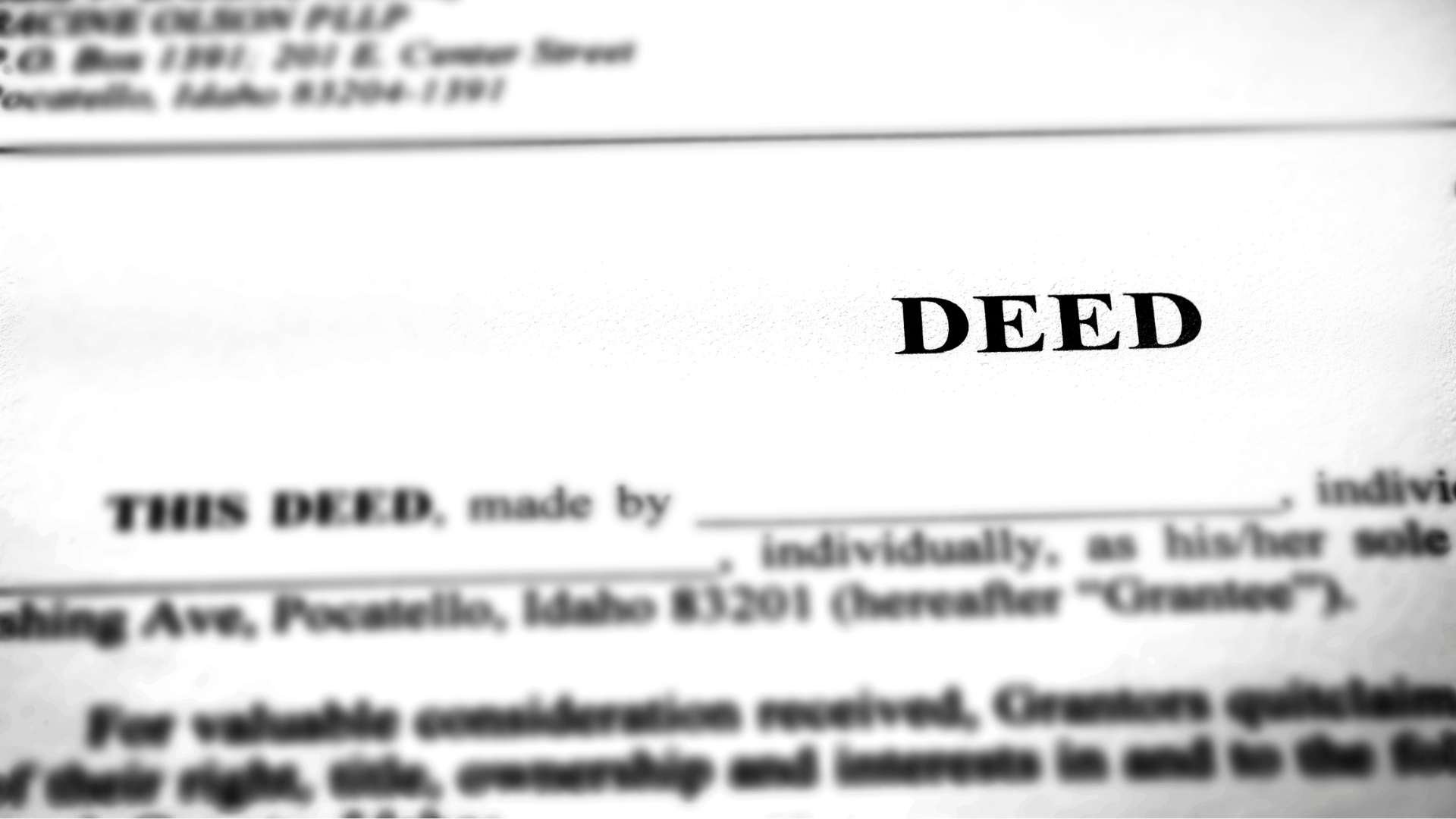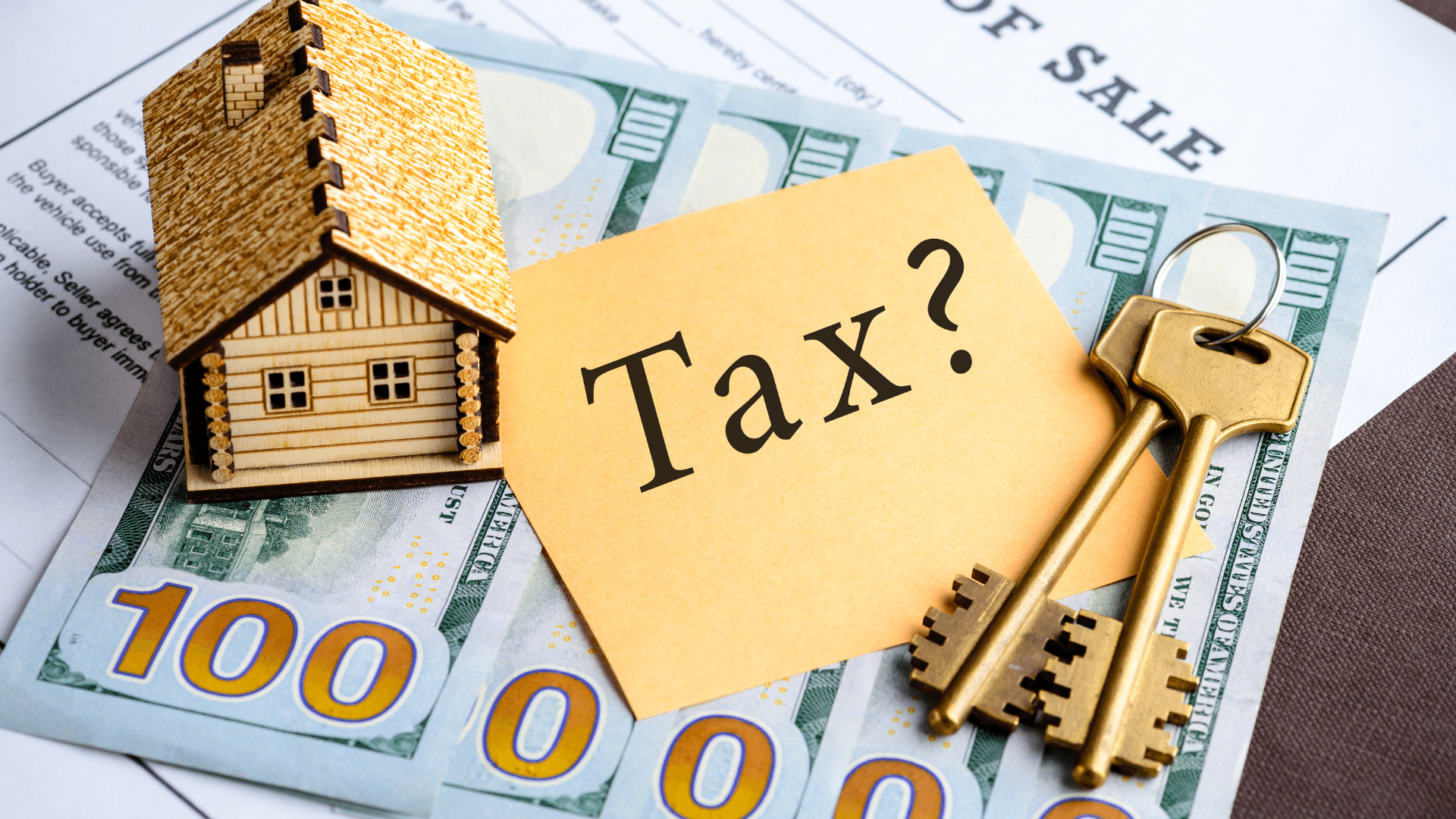So, you're on the hunt for your very own slice of paradise in the Philippines? Or maybe you're just curious about how to know if a property has a clean title? Well, you've come to the right place!
First things first, let's clear up the mystery behind the term "clean title." A clean title is the bedrock of secure property ownership, serving as an unequivocal testament to one's legal rights over a piece of land or real estate.
In the context of real estate transactions, the term "clean title" carries profound implications, guaranteeing that the property is free from any legal encumbrances or disputes that might jeopardize your ownership rights.
A clean title land is what separate you from potential nightmares like shady claims, hidden debts, or surprise land disputes. In a world full of real estate villains, clean titles are your trusty sidekick, ensuring your property adventure is smooth sailing.
Here in the Philippines, there's a land title system that's as unique as our breathtaking beaches and delicious adobo. It's a bit of a legal puzzle, but don't worry, this article is here to help you put all the pieces together.
Understanding how to have a clean title land system works is like learning the secret handshake of property transactions. So, grab your notepad, and dive into the world of clean titles, property ownership, and the fascinating land title Philippines.
How to make sure your Land Title Philippines is clean?
Checking the ownership of a property title in the Philippines involves several steps to ensure its legitimacy. Here are some methods to verify your land ownership:
1. Acquire a Tax Declaration
Begin by obtaining a tax declaration, a document that contains crucial information such as the assessment value, market value, land size, and property owner's name. Sometimes, you may also receive a map of the property. To do this, visit the Assessor's Office at your city or municipal building and provide them with all the relevant property details.
2. Obtain a Lot or Property Plan
If your property has existing structures or you plan to construct on it, you'll need a lot or property plan, essentially a blueprint. Visit the Department of Environmental and Natural Resources (DENR) to inquire about obtaining this plan. Make sure you have your Property Identification Number ready, as it will help them locate the records. You'll need to wait briefly while they retrieve the records and be prepared to cover any associated costs.
3. Secure the Transfer Certificate of Title (TCT)
Once you have the Tax Declaration in hand, proceed to the Registry of Deeds, typically located in the provincial capital. You'll need a government-issued identification like a passport or driver's license, so ensure you have one ready before your visit. Pay the required fees and use the Property Identification Number from the Tax Declaration to request the Transfer Certificate of Title. You'll need to return in a few days to collect the title, so take note of any contact information for follow-up.
4. Check Land Title Records
To avoid falling victim to fraudulent land sales or fake titles, it's essential to confirm the authenticity of the land title when purchasing real estate in the Philippines. This verification process ensures that there are no restrictions or legal claims on the property. It's crucial to look for a property with a clear title.
To verify a title's legitimacy, the best approach is to check with the local Registry of Deeds (RD) in the specific city or province where the property is located. Each city or province in the Philippines has its own RD, housing the original titles for all registered lands within its jurisdiction.
How to transfer Land Title in the Philippines?
Property buyers must be aware that once the deed of sale is signed and notarized, the clock starts ticking for transferring land titles in the Philippines. To ensure a smooth transfer process, follow these steps:
Step 1: Prepare Transfer Requirements
Gather essential documents, including the notarized Deed of Sale, Tax Identification Numbers and IDs of both the buyer and seller, Transfer Certificate of Title (TCT) or Condominium Certificate of Title (CCT), tax clearance, real property tax, management certificate for condos, certificate of non-tenancy for condos as well, a photo of the property, sworn declaration of no improvements, Special Power of Attorney if needed, and relevant certificates from the Philippine Consulate for foreign-executed documents.
Step 2: Submit Documents for Tax Computation
Submit the notarized deed of sale and required documents to the Bureau of Internal Revenue (BIR) Regional Office covering your property's jurisdiction. The BIR will compute the Capital Gains Tax (CGT) or Creditable Withholding Tax (CWT). Ensure timely payment of CGT within 30 days from notarization and Documentary Stamp Tax (DST) on the nearest fifth day of the following month.
Step 3: Pay Required Taxes
Visit an Authorized Agent Bank (AAB) accredited by the BIR to pay Documentary Stamp Tax, Value Added Tax, and Capital Gains Tax. Bring the signed BIR computation sheet, Deed of Conveyance, BIR Form 1706 for Capital Gains Tax signed by the property seller, and BIR Form 2000-OT for Documentary Stamp Tax (buyer-signed).
Step 4: Obtain Certificate Authorizing Registration (CAR)
The CAR serves as proof of settled taxes. Claim the CAR, along with stamped documents, including the Deed of Sale, Copy of Certificate of Title (CCT) or Transfer Certificate of Title (TCT), BIR Form 2000 (DST and BIR Form 1706 CGT), and Tax Declaration for land and improvement.
Step 5: Submit CAR to Local Treasurer’s Office
Submit the CAR to the local Treasurer’s Office to pay the Transfer Tax within 60 days after notarization. After payment, return to the BIR to stamp the Deed of Conveyance, marking it as accepted by both offices.
Step 6: Submit Documents to Registry of Deeds for Registration
Head to the Registry of Deeds with documents such as the Deed of Conveyance, Deed of Absolute Sale, copies of signatories' IDs, Notary Public receipt, certified true copy of the Original Land Title, tax clearance, latest tax declaration, clearances from the Homeowners Association (if applicable), and vital certificates. Pay registration fees, and await the new land title under your name, typically in about two weeks.
Step 7: Secure a New Tax Declaration from Local Assessor’s Office
With the new title from the Registry of Deeds, obtain a New Tax Declaration Certificate from the Assessor’s Office. Pay applicable assessment fees and provide necessary documents.
By following these steps diligently, you'll ensure a seamless transfer of property ownership in the Philippines. What are the tips for a smooth transferring land titles?
In the realm of property title transfers, ensuring a hassle-free experience requires a strategic approach. Here are some valuable tips to make the process as smooth as possible:
A. Thoroughly Understanding the Property's History: Before diving into any property transaction, invest time in understanding its history. Unearth any past disputes, liens, or encumbrances that may affect the clean title. A comprehensive grasp of the property's background is your first line of defense.
B. Hiring Experienced Professionals: Don't underestimate the value of expertise. Engage professionals such as real estate agents, lawyers, or title search services who have a proven track record in navigating the intricacies of property transfers. Their guidance can be instrumental in avoiding pitfalls.
C. Double-Checking All Documents and Information: Attention to detail is paramount. Go over every land title document and piece of information meticulously. Ensure accuracy and completeness, leaving no room for errors that could potentially disrupt the transfer process.
D. Timely Payment of Taxes and Dues: Keeping your financial commitments up to date is not only a legal requirement but also a practical measure. Timely payment of transfer taxes, capital gains tax signed, property taxes, and other dues ensures the process moves forward smoothly, avoiding unnecessary delays.
Incorporating these tips into your property title transfer strategy equips you with the knowledge and foresight needed to navigate the complexities with confidence. By doing so, you can transform what might seem like a daunting task into a manageable and efficient transaction.
Clean titles are your insurance against the nightmares of property disputes and unexpected legal tangles. They're the golden keys to a seamless and secure property ownership experience.
Now, as you embark on your property ownership adventure, remember these key takeaways. Thoroughly understanding your property's history is your first line of defense. Hiring experienced professionals, double-checking all documents, and ensuring timely process tax payments are the building blocks of a smooth title transfer process. And always remember, responsible property ownership starts with verifying that clean title.
It is highly encouraged for you to take this newfound knowledge and use it to protect your property investments and contribute to the responsible and transparent real estate landscape in the Philippines. And if you're on the lookout for a reputable condo developer known for their clean titles, consider Vista Residences, a name synonymous with trust and reliability in the industry. Happy property ownership, folks!
For more information on Vista Residences, email [email protected], follow @VistaResidencesOfficial on Facebook, Twitter, Instagram, and YouTube, or call the Marketing Office at 0999 886 4262 / 0917 582 5167.







